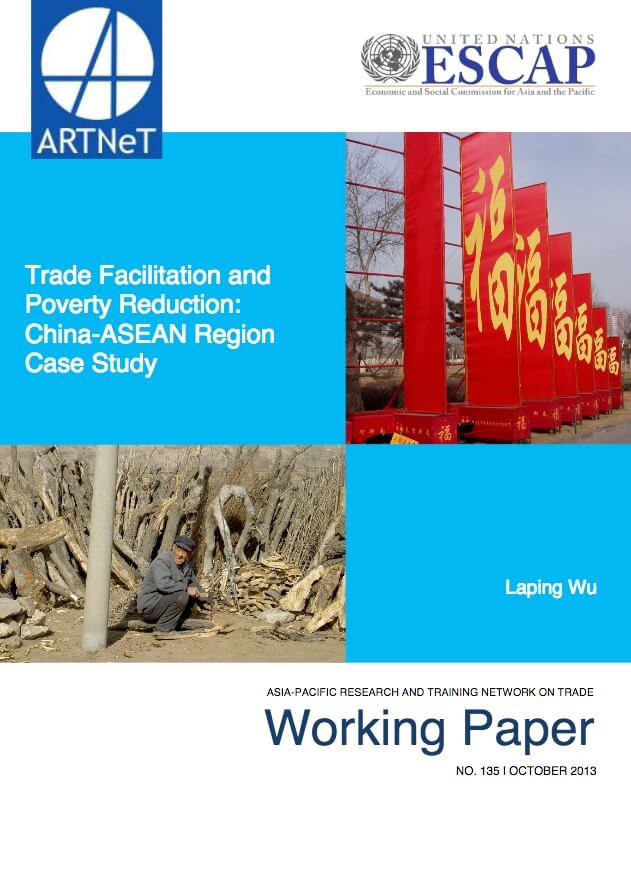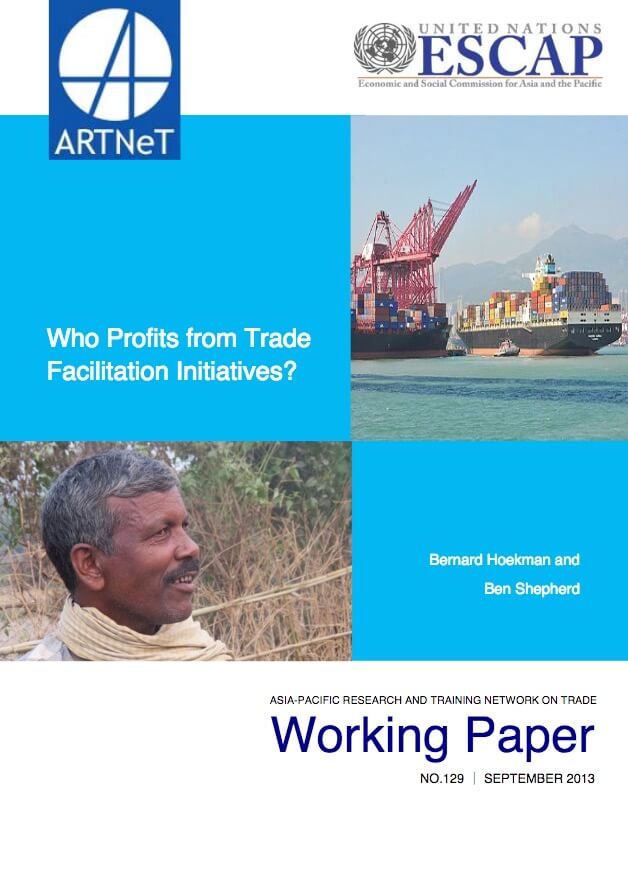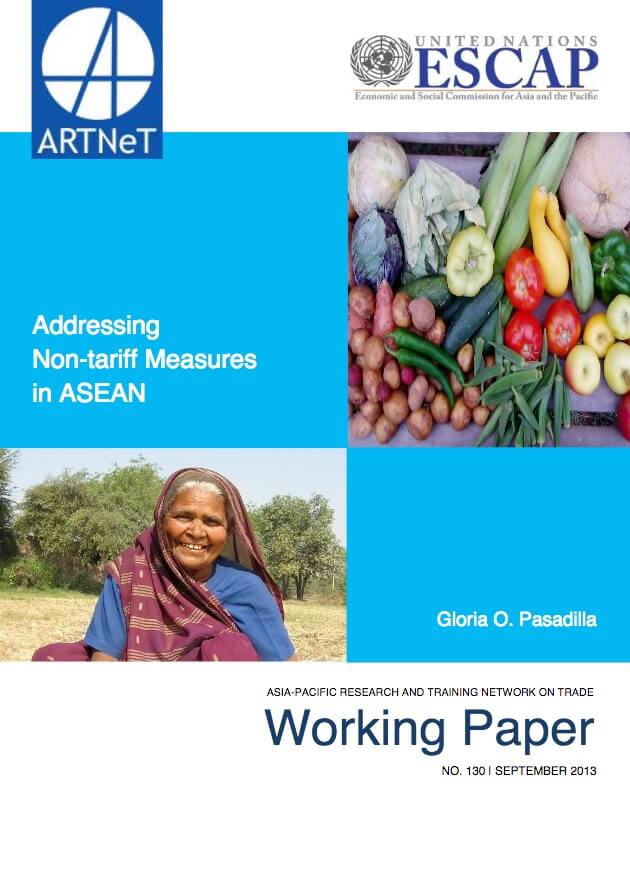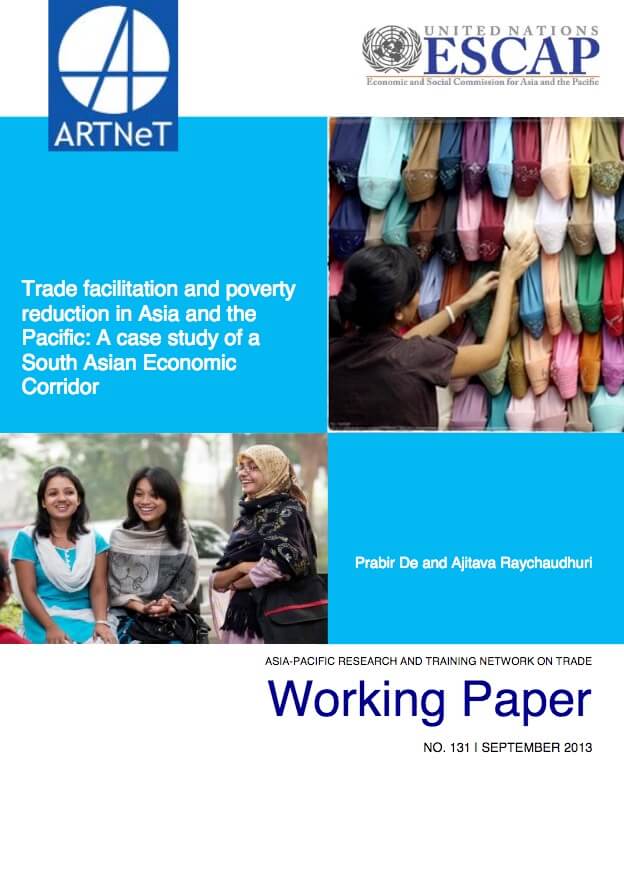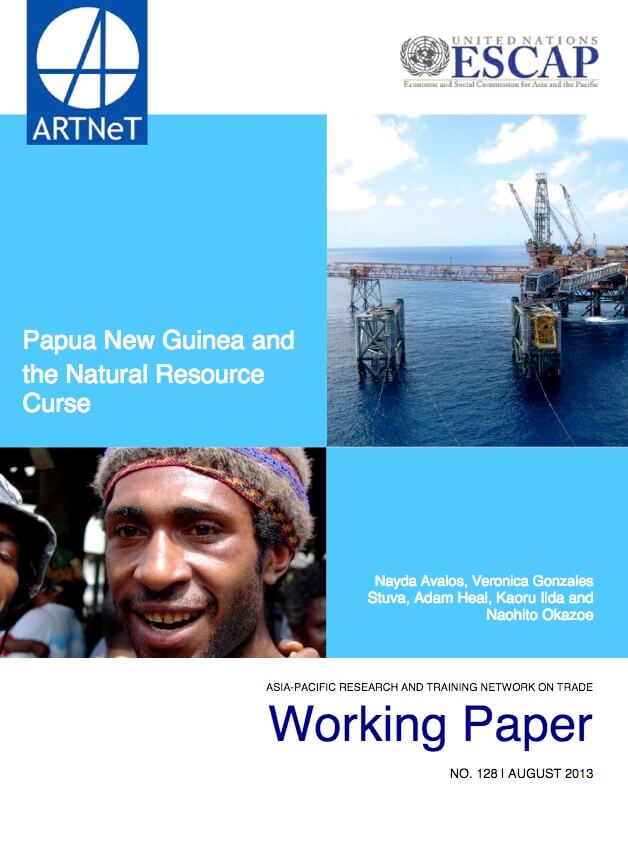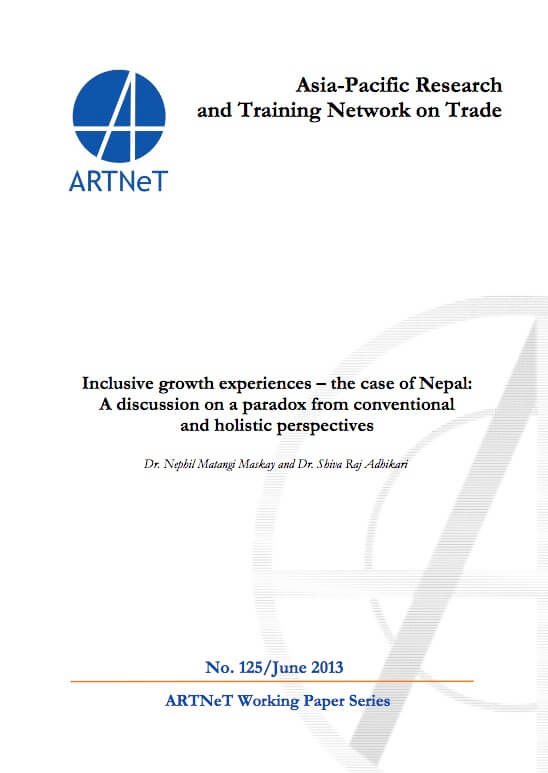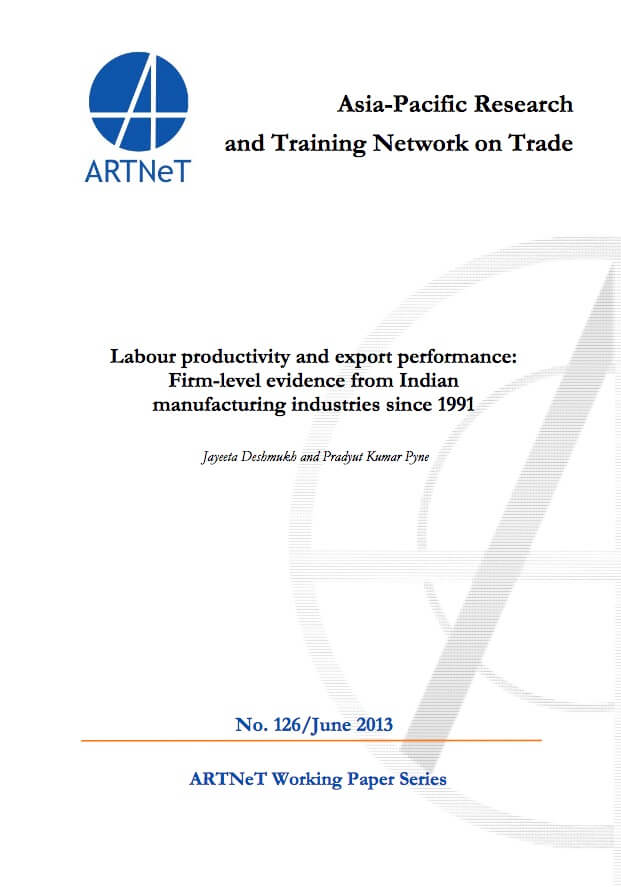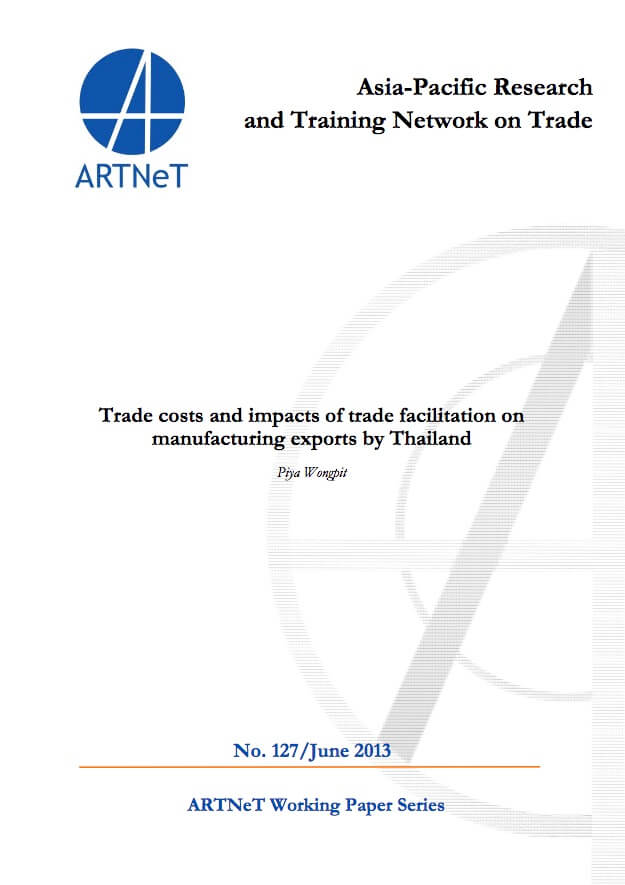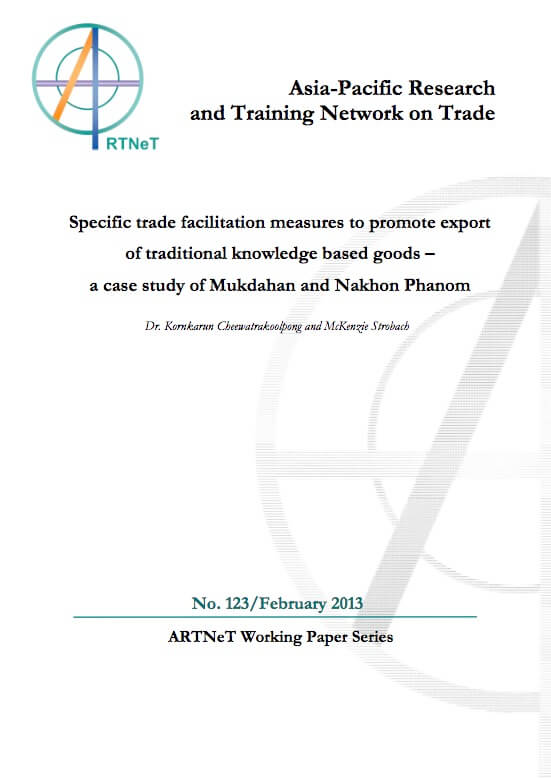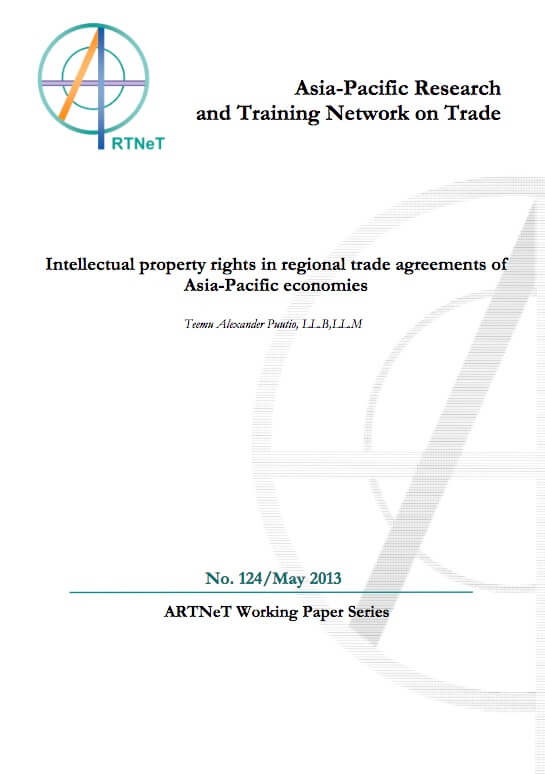Trade Facilitation and Poverty Reduction: China-ASEAN Region Case Study
Trade facilitation has been a key part in the opening up process of China. This paper aims to investigate the linkage between trade facilitation and poverty reduction in China. It discusses the impact of the trade facilitation practises in China and the ChinaASEAN cooperation on trade between China and ASEAN countries. A provincial panel data set for China from 2000 to 2008 is employed to quantify the impact of agricultural imports, agricultural exports and trade facilitation on poverty.

